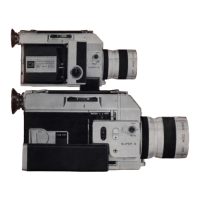
Do you have a question about the Canon SUPER 8 AUTO ZOOM 814 and is the answer not in the manual?
| Zoom Ratio | 8x |
|---|---|
| Focusing | Manual |
| Exposure | Automatic |
| Film Loading | Cartridge |
| Film Transport | Automatic |
| Remote control socket | Yes |
| Type | Super 8 movie camera |
| Zooming | Manual, Automatic |
| Frame Rates | 18, 24 fps |
| Metering | Through-the-lens (TTL) |
| ASA/ISO | 25 to 400 |
| Viewfinder | Reflex |
| Viewfinder Info | Exposure meter |
| Weight | 1500g |
Details on the camera's 8x zoom lens and its 50% larger picture area compared to regular 8mm film.
Explains the simple process of inserting a Super 8 film cartridge without threading.
Describes the function of the built-in CCA filter for color temperature conversion.
Highlights the camera's micromotors for power zooming and film drive.
Explains the through-the-lens (TTL) system for accurate light measurement.
Covers manual control of aperture and fade-in/fade-out capabilities.
Covers setting up the hand grip, loading batteries for the electric eye and film drive.
Guides on setting the auto-manual switch, aperture control ring, and filming speed.
Instructions for removing the lens cap and setting the three-way switch.
Guidance on holding the camera steady and looking through the viewfinder.
Instructions on adjusting focus and deciding picture composition using the zoom lens.
Steps for checking the exposure meter and pressing the shutter lever.
Information on film length, developing procedures, and exposure considerations for Super 8 film.
Instructions for inserting two 1.3v mercury batteries for the electric eye.
Guidance on loading four 1.5v penlight batteries for camera operation.
How to test the remaining power of installed mercury and penlight batteries.
Adjusting the viewfinder for clear vision of the aperture scale and prism screen.
Setting the switch to 'AUTO' for electric eye (EE) operation.
Setting the black line on the aperture control ring to the 'O' position.
Steps for inserting the Super 8 film cartridge and confirming film advance.
Explanation of standard 18 fps and other speeds like 24 fps and 12 fps for various effects.
Guidance on holding the camera correctly for steady shooting, especially during zooming.
Information on using the optional Chestpod for increased stability and blur prevention.
How to adjust focus using the focusing ring for a clear image through the rangefinder.
Explanation of how the viewfinder image changes with magnification and framing.
How to interpret the exposure meter needle for proper exposure and lighting adjustments.
The action of pressing the shutter lever to start and stop recording.
Using the power zooming switch for smooth, regulated zoom effects.
Using the manual zoom lever for faster or slower zooming and precise framing.
Procedure for stopping shooting and removing the film cartridge when footage reaches '50'.
Description of the viewfinder's aperture scale changing color when film is exposed.
Controlling aperture opening and closing in EE mode for various effects.
Manually setting aperture stops for desired exposure in manual mode.
Using aperture control for creating fade-in and fade-out effects in movies.
Recommends using neutral density filters to slow down fading in bright light.
How to adjust the electric eye's working range for effective panning in contrasty scenes.
Setting the auto-manual switch to 'MANUAL' for desired aperture control.
How to use the CCA filter for tungsten film under daylight conditions.
Guidance for using daylight film under artificial light, including filter recommendations.
Details on the 'OFF', 'R', and 'RC-RL' positions of the three-way switch.
How to use the 'RC-RL' position for continuous running by locking the shutter lever.
Instructions for connecting and using a remote control cord.
Setting up for single frame shots using a cable release and specific filming speed.
Using the release socket for continuous shooting like copy work or titling.
Importance of setting the eyepiece shutter to 'CLOSE' to avoid ghost images.
Guidance on moving the camera horizontally for continuous shots and using a tripod.
Tips for cleaning the lens and ensuring the aperture section remains dust-free.
Advice on storing the camera away from moisture and removing batteries for long periods.
Overview of the Canon Cine Projector S-2's automatic loading and playback capabilities.
Details on close-up lenses for titling, copying, and macro photography.
Description of various 58mm screw-in filters available for the camera and their characteristics.
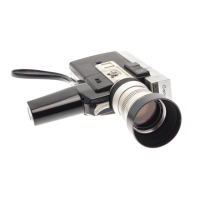
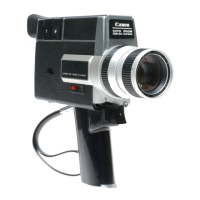
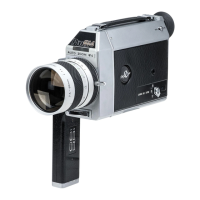

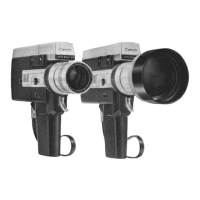
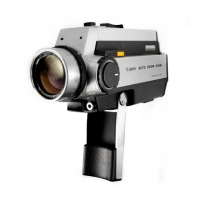
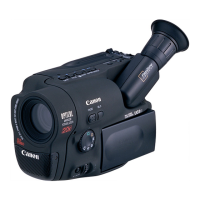
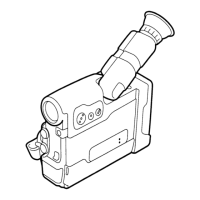
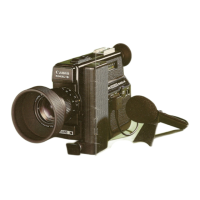
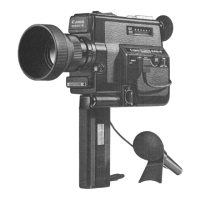
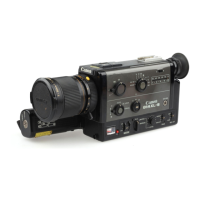
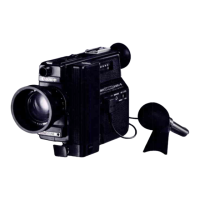
